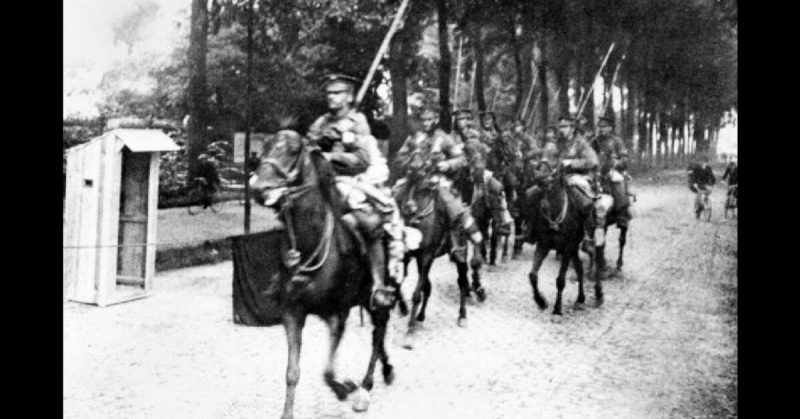Taking place on August 23rd, 1914 the Battle of Mons was a clash between the British Army and the advancing German Army in Mons, Belgium. The British lost more than 1,500 soldiers in the offensive, while the German forces lost between 2000 and 5000 men, this number has been disputed. Here are ten facts about the famous Battle of Mons.
1. The Battle of Mons was the first major British offensive in World War One.
It was the first battle the British Expeditionary Force (BEF) took part in and was a subsidiary battle of the Battle of the Frontiers where the Allied army took on the German Army over the French Borders. In Mons, the Royal Fusiliers 4th Batallion faced the heaviest fighting in the battle and thanks to their fighting they earned the first Victoria Cross of the First World War.
2. The British Army was tiny in comparison to the European armies at the time.
At the start of World War One, the BEF had around 80,000 professional soldiers, which was made up of volunteers and reservists. While it was the best-trained and more skillful army, it was tiny in comparison to the French and German armies. They had well over a million men in each, and the Germans had eight field armies while the French had five.
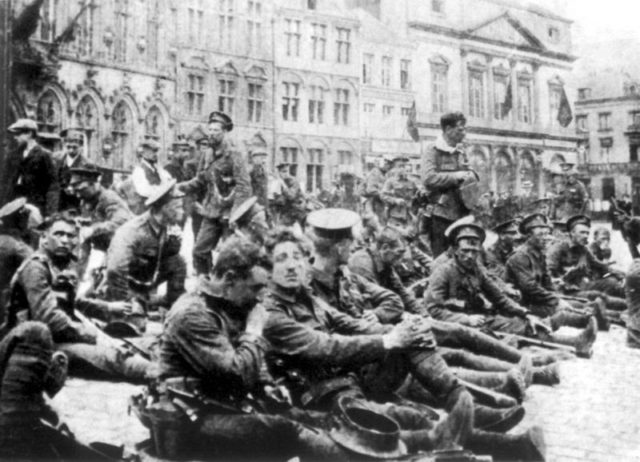
3. The first altercation saw the first British soldier killed during the First World War.
While the Battle of Mons didn’t begin until August 23rd, the first contact between the Germans and the British actually happened near Obourg on August 21st. A team came across a German Unit and Private John Parr, aged 17, became the first British soldier to be killed as a result of enemy action in the war.
During the further fighting that occurred on the 22nd, Captain Hornby became the first British soldier to kill an enemy, and Drummer Edward Thomas was said to have been the first to fire a shot of the war for the BEF.
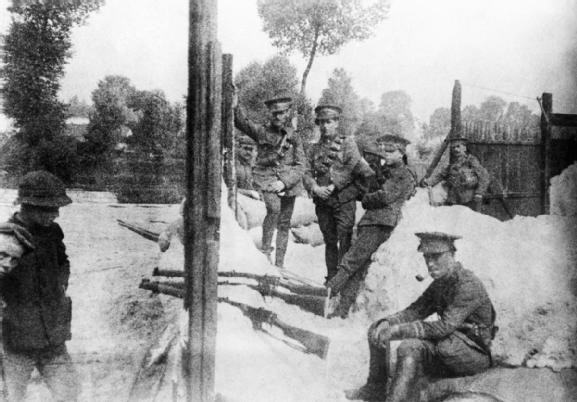
4. The Germans thought they were facing machine gun fire due to the British heavy artillery.
The real battle began on August 23rd when German artillery began to fire on the British. The Germans tried to push across four bridges that crossed the canal at Mons, which the British were holding. TheGermans advanced on one bridge in a close column, but this meant they were easy targets for the British riflemen. They were able to fire at the Germans from over 1,000 yards, and the rifle fire was so intense that Germans thought they were facing machine gun fire instead.
5. Lieutenant Maurice Dease and Private Sydney Godley earned the first Victoria Crosses in the First World War during the fight.
Dease was leading a machine-gun section, and at first, the British had quite a success. However, the Germans quickly moved to an open formation and attacked again. This time, the looser formation made the British unable to mow down the soldiers, and the Germans were more triumphant. The British were quickly outnumbered and found it difficult to defend the canal crossings.
At Nimy bridge Dease, even though he had been shot several times, took control of his own machine gun after the rest of his section had been killed or wounded and continued to fire at the Germans. Once he was wounded a fifth time he was taken to the battalion aid station, where he died.
He was awarded the Victoria Cross posthumously. Godley took over from Dease and covered the retreat, then surrendered and incapacitated the gun by throwing parts of it into the canal.
6. The British received the order to retreat and began to withdraw, which later became known as the Great Retreat.
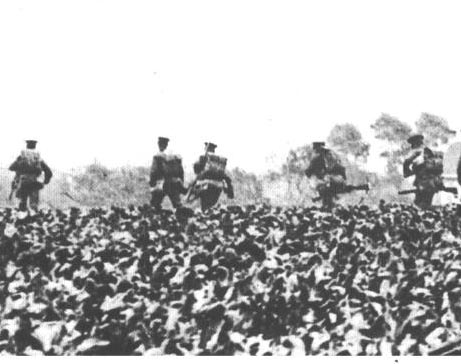
The armies had new defensive lines through several villages and the Germans had built bridges themselves over the canals and were now approaching the British Army. The French Fifth Army also retreated and exposed the British right flank. Unexpected orders to retreat from the defensive lines came through, and the British then had to fight sharp rearguard actions against the Germans.
The losses to British troops were high considering the size of the army at the time. The Cheshires 1st Battalion declared at evening roll call they had lost 80 percent of their infantry.
However, at Wasmes the British soldiers managed to hold off the Germans for a further two hours before retreating.
The BEF had no choice but to retreat after being outnumbered by the Germans and with the French Army also moving back. It was a chaotic and confusing time as they settled into their new defensive lines. On August 25th a senior officer ‘took leave of his senses and began firing his revolver down a street.’
The retreat became known as the Great Retreat and took place over two weeks, covering 250 miles as the Germans quickly pursued the infantry. They continued to have skirmishes along the way, and more guns were lost than in the American War of Independence.
7. It went down in history as one of the greatest battles fought by the British.
Despite being outnumbered by the Germans 3 to 1, and having to retreat it still ended as a success for the British army. They achieved their objective, to prevent the French Fifth Army from being outflanked and that was a big morale victory for the BEF.
This battle had been their first on the European continent since the Crimean war and people were unsure as to how the BEF would do. The army felt they had had the upper hand during the battle, despite having to retreat in the end. Even the Germans were aware they had taken a hit. One infantry officer wrote: ‘we had been badly beaten, and by the English – by the English, who we had so laughed at a few hours before.’
8. It was also a success for the Germans.
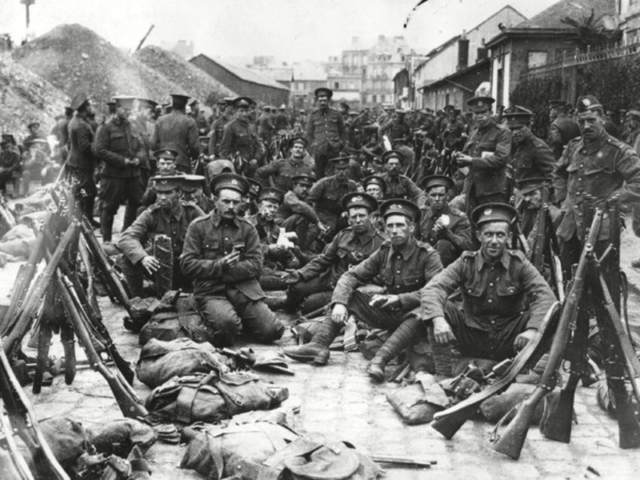
9. It became a mythical battle where some believed angelic warriors helped win the fight for Britain.
Afterward, the battle gained a mythical status in the UK, where the British Army had an unlikely victory against overwhelming odds. There was also a mythical tale that the Angels of Mons came to help fight alongside the Allied soldiers.
These were angelic warriors, some supposedly phantom longbowmen from the Battle of Agincourt (another unlikely win for the British) and they managed to save the army by stopping the German troops from advancing any further.
10. A cemetery was built on the site, and both the first and last Allied soldiers killed in the First World War are interred there.
The Germans built the St Symphorien Military Cemetery there to commemorate both the British and Germans who had died. Originally 245 German soldiers and 188 British soldiers were buried there. However, more graves were moved there on both sides and soon more than 500 soldiers were buried there. There are also several special memorials to different soldiers within the cemetery.
Private John Parr of the 4th Battalion, Middlesex Regiment, killed on August 21st, 1914 is buried there, as is Private Gordon Price, Canadian Infantry, killed on November 11th, 1918. These were the first and last men on the Allied side to be killed in the First World War.
